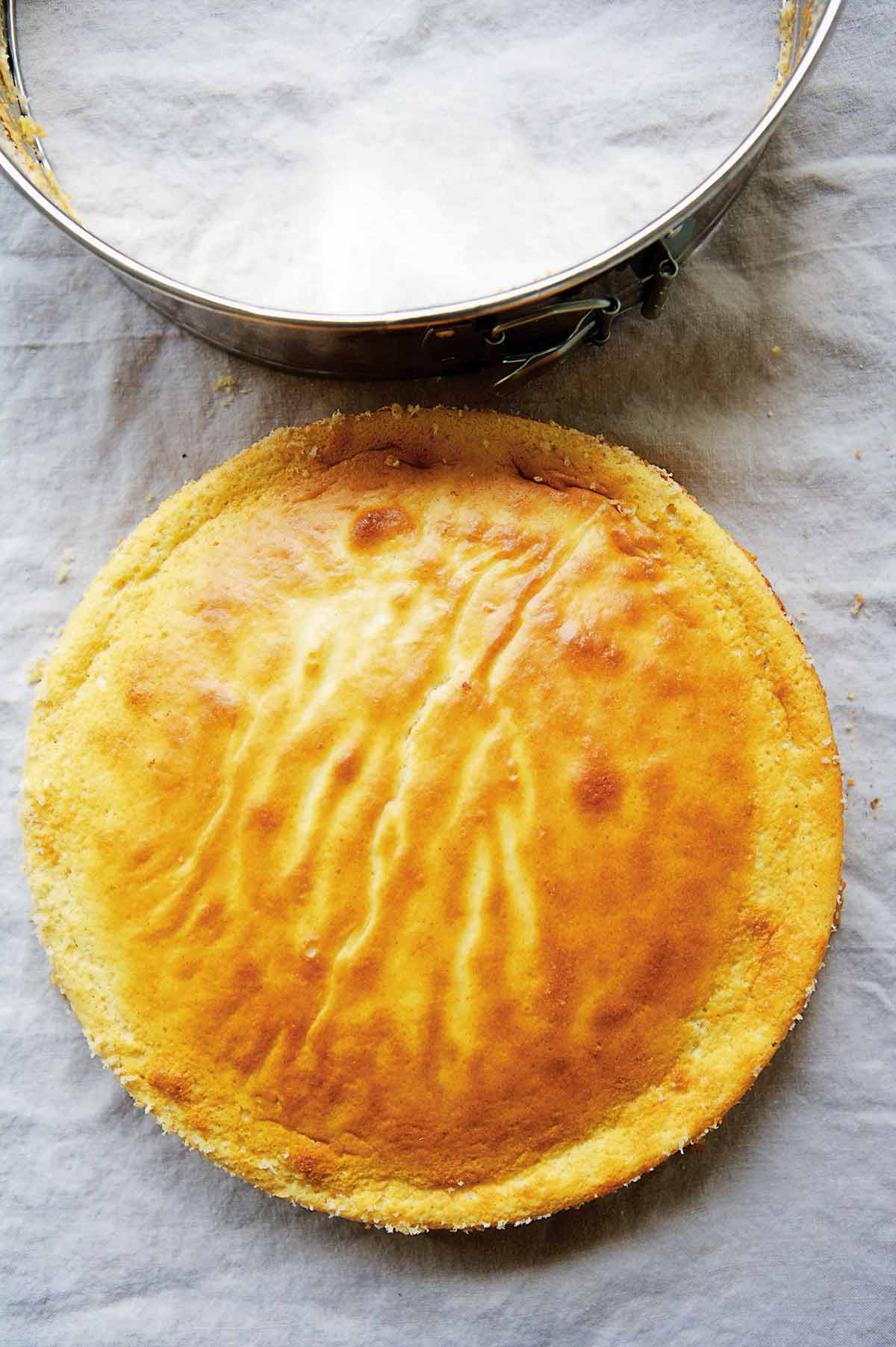
This tender ricotta cheesecake, sometimes referred to as a pudding (budino di ricotta), started out as a pancake. Food historian Clifford Wright notes that Sicilian Jews took their traditions of making and cooking with ricotta to Rome when they were expelled from Sicily in the fifteenth century and a version of this recipe came with them. You can still find this delicious dessert in Rome’s Jewish quarter in its simplest form—eggs, sugar, homemade ricotta, and cinnamon. In our recipe, we separate the eggs and fold in the beaten whites, which makes the cake even more delicate. [Editor’s Note: This pretty, pudding-like cheesecake took us a little by surprise, being, well, prettier and more puddinglike than we’d expected. This lovely creature is so light and airy, cracks during baking or cooling are sorta inevitable. Look at it this way: They add to the homemade charm of it.]–Melissa Hamilton and Christopher Hirsheimer
What’s the difference between ricotta cheese and cream cheese?
The difference between ricotta cheese and cream cheese is, essentially, the amount of fat—gorgeous, soul-satisfying, thigh-dimpling fat. Ricotta cheese is made from milk and a little acid, such as vinegar, whereas cream cheese is made with milk and cream. Ricotta tends to have an ever-so-slightly crumbly consistency whereas cream cheese brings a smoother and creamier experience. That said, this cheesecake is specifically designed for ricotta cheese and has a lighter texture to it than could ever be achieved with cream cheese.
Want to save this?
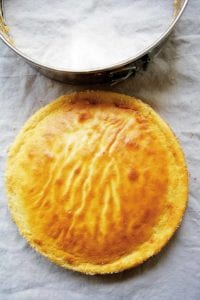
Ricotta Cheesecake from Rome’s Jewish Quarter
Ingredients
- 1 tablespoon (1/2 oz) butter
- 1/4 cup fine fresh bread crumbs
- 5 large eggs, separated
- 3/4 cup granulated sugar
- 3 tablespoons cake flour
- 1 teaspoon salt
- 1/2 teaspoon ground cinnamon
- 2 cups fresh whole milk ricotta, preferably homemade
- 1/4 cup Grand Marnier
- 1 lemon, preferably organic, zested
Instructions
- Preheat the oven to 350ºF (176ºC). Use 1 tablespoon butter to coat the bottom and sides of a 9-inch springform pan and then dust the pan with the bread crumbs, tilting the pan to help the crumbs adhere to the sides.
- In a large bowl with an electric mixer on medium-high, beat the egg yolks with the sugar, flour, salt, and cinnamon until creamy, about 5 minutes.
- In a food processor, pulse or whir the ricotta, Grand Marnier, and zest until smooth.
- Using a rubber spatula, fold the ricotta into the egg mixture until the batter is well mixed.
- In another bowl, beat the egg whites with a whisk or an electric mixer fitted with a whisk until frothy. Add a little squeeze of lemon juice and continue to beat until the whites are stiff but not dry.
- Fold 1/3 of the whites into the batter and then gently fold in the remaining whites in 2 batches. (Take care not to overmix, which could cause the batter to deflate.)
- Pour the ricotta batter into the prepared pan. Bake the cheesecake until golden and firm to the touch, 40 to 50 minutes. If your cheesecake starts to turn a touch more golden than you prefer during baking, cover it loosely with foil.
- Remove the cheesecake from the oven and place the pan on a wire rack to cool. (It will sink as it cools and it may crack. This is okay.) The cheesecake is best served warm or at room temperature. (Any leftovers can be stashed in the fridge although the cheesecake will lose a little flavor when muted by the cold.)
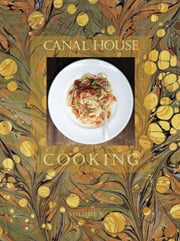
Explore More with AI
Nutrition
Nutrition information is automatically calculated, so should only be used as an approximation.
Recipe Testers’ Reviews
What a delicious and unique version of a cheesecake. This ricotta cheesecake recipe turned out so much better than I expected, and our dinner guests loved it, too. The description of this cheesecake was right on—it was definitely more of a “pudding cake” than anything else. I loved the consistency of the ricotta cheese mixture and the cinnamon and citrus flavors were a delicious combination. (I tasted the batter before baking the cake and was blown away by this flavor combo! It was even better baked!)
It took about 50 minutes to bake. The middle of the cheesecake was still very watery after 40 minutes. I covered the top of the cake with foil for the last 10 minutes of cooking so it wouldn’t get too brown. I used store-bought ricotta cheese, but would like to try it again with homemade to see if that is as tasty!
I love trying new versions of old classics and truly thought this was delicious!
This was the most amazing, pudding-like cheesecake I’ve ever made. I used amaretto in place of the Grand Marnier. The cake was light, and the amaretto worked well with lemon zest. I served it with warm apricot preserves and vanilla ice cream. Decadent. The recipe works as written.
This is a lovely light version of traditional cheesecake or even ricotta cheesecake. I served it after a fairly rich dinner of braised short ribs and no one felt overstuffed!
The recipe works just as written, no surprises, and I was very glad it said the cake would sink as it cools, otherwise I probably would have panicked when it did. It is not the prettiest cake ever, but it was well-received by all who ate it. I served it with a dollop of peach preserves and crème fraîche on the side and that was a nice touch.
I was so excited to make this as we all love cheesecake.
It was very easy to prepare. I don’t think it needs the cinnamon, but that is merely an opinion. I prefer to use vanilla essence, and I am going to try it again. It will be interesting to see how fresh it stays, but it was very delicious yesterday.
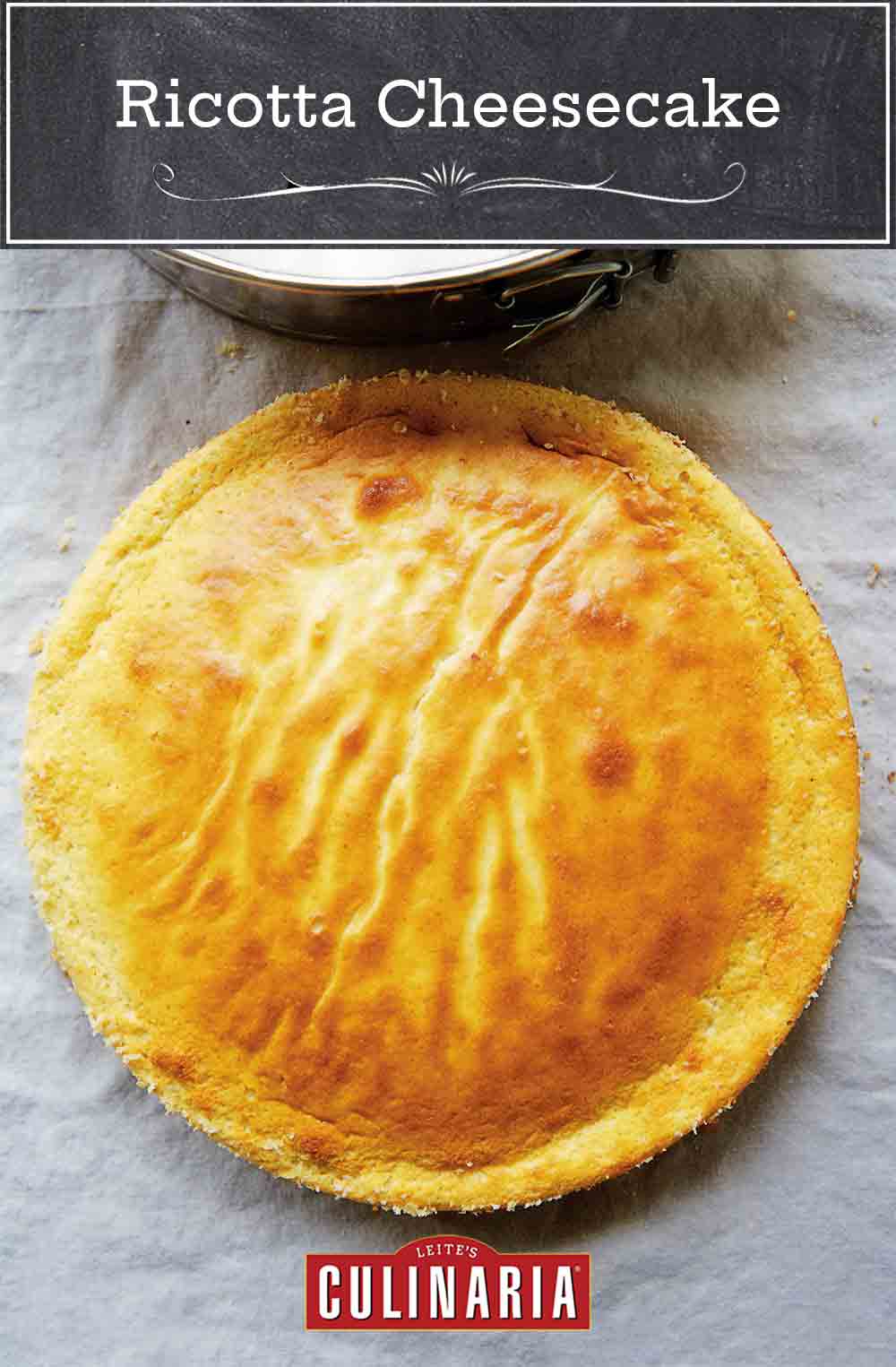
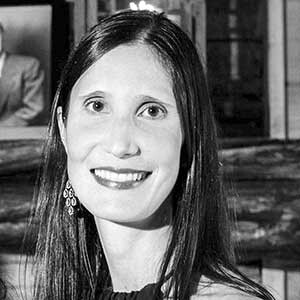











This one’s going in my permanent rotation when I have extra ricotta (which seems to be often, these days).
Skipped the cinnamon, added too much ricotta, swapped cake flour for cornstarch. I didn’t have Grand Marnier, so substituted French orange liqueur, and then realized that I had an orange…so in went orange zest. Baked in a 10″ springform for 55 minutes, and it’s an instant hit. I found it just as delicious for breakfast the next morning, possibly even more so as it went well with coffee. My favorite sort of cheesecake, not too sweet or heavy but still CAKE.
You’ve certainly proved that it’s a very forgiving recipe, Nico! It’s wonderful to hear that it turned out so well for you.